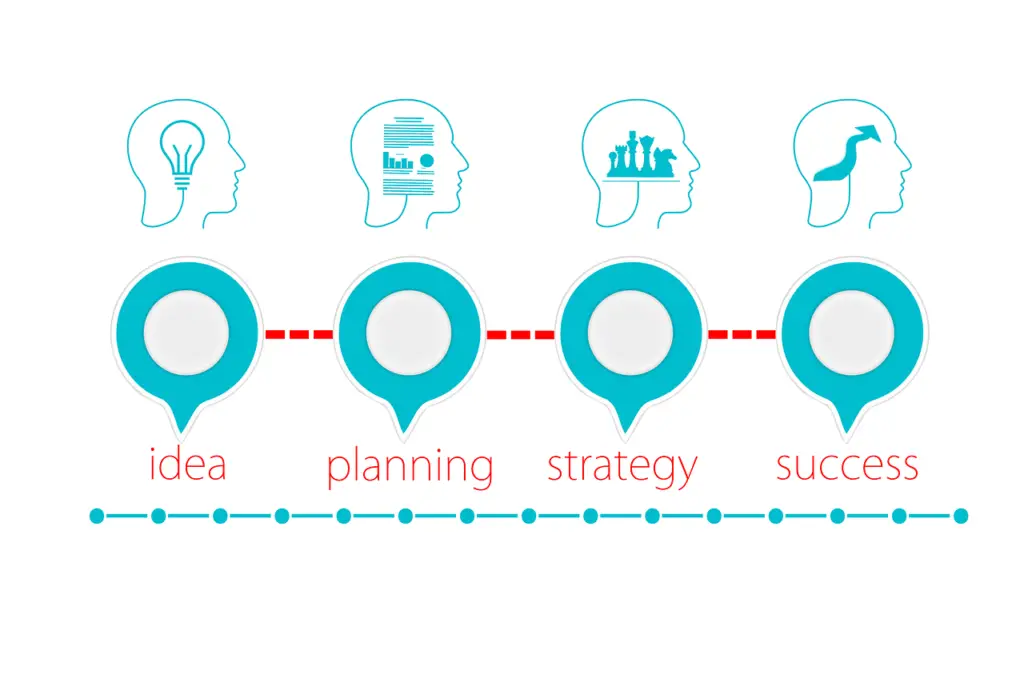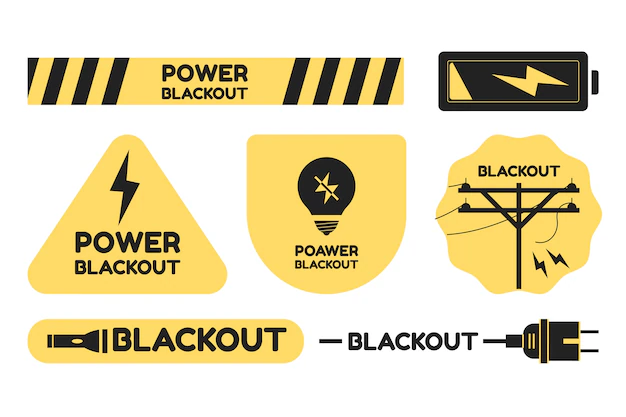Unlocking the Work Plan, Work Action Plan, Strategies for Effective Project Management and Tables

In the realm of project management, a clear roadmap is essential for success. Two key tools in this endeavor are the Work Plan and the Work Action Plan. These documents outline the tasks, timelines, resources, and responsibilities necessary to achieve project goals efficiently. In this article, we’ll explore the definitions, differences, and strategies for creating effective Work Plans and Work Action Plans.


Page Contents
- 1 Unlocking the Work Plan, Work Action Plan, Strategies for Effective Project Management and Tables
- 2 A> The Work Plan:
- 3 B> The Work Action Plan:
- 4 C> Strategies for Effective Planning:
- 5 Table 1- Work Action Plan
- 6 Here’s a table format with examples for each component of a Work Plan and a Work Action Plan:
- 7 Table 2- Work Action Plan and Effective Project Management
- 8 Below is an example of a work action plan and strategies for effective project management presented in a table format:
Unlocking the Work Plan, Work Action Plan, Strategies for Effective Project Management and Tables

A> The Work Plan:
A Work Plan provides an overarching framework for a project, outlining the scope, objectives, deliverables, and high-level timelines. It serves as a comprehensive guide that aligns project activities with strategic goals and ensures that all stakeholders are on the same page regarding project expectations and milestones. Key components of a Work Plan include:
- Project Overview: Brief description of the project, its purpose, and objectives.
- Scope and Deliverables: Detailed breakdown of project scope, including major deliverables and outcomes.
- Timeline: Broad timeline outlining project phases, milestones, and key deadlines.
- Resources: Allocation of resources such as budget, personnel, equipment, and materials.
- Risk Management: Identification of potential risks, challenges, and mitigation strategies.
- Communication Plan: Plan for regular communication and reporting among project stakeholders.
B> The Work Action Plan:
While the Work Plan provides a high-level overview, the Work Action Plan drills down into the specific tasks, responsibilities, and timelines required to execute the project successfully. It serves as a detailed roadmap that guides day-to-day activities and ensures that progress is made according to schedule. Key components of a Work Action Plan include:
- Task Breakdown: Detailed breakdown of project tasks, activities, and subtasks.
- Timeline and Milestones: Specific deadlines for each task or milestone, including start and end dates.
- Responsibilities: Assignment of responsibilities to individuals or teams for each task.
- Dependencies: Identification of task dependencies and relationships that may impact project sequencing.
- Resource Allocation: Allocation of resources, including personnel, budget, and materials, for each task.
- Monitoring and Reporting: Mechanisms for tracking progress, identifying issues, and reporting status updates.
C> Strategies for Effective Planning:
- Collaboration and Input: Involve key stakeholders in the planning process to ensure buy-in and alignment with project goals and expectations.
- Clarity and Specificity: Be clear and specific when defining tasks, timelines, and responsibilities to avoid ambiguity or confusion.
- Realistic Planning: Set achievable deadlines and allocate resources realistically, taking into account potential constraints and limitations.
- Flexibility and Adaptability: Remain flexible and adaptable to changes in project scope, timelines, or requirements, and adjust plans accordingly.
- Regular Review and Monitoring: Regularly review progress against the Work Action Plan, identify any deviations or roadblocks, and take corrective action as needed.
- Communication and Transparency: Maintain open and transparent communication among project team members, stakeholders, and sponsors to ensure alignment and clarity throughout the project lifecycle.
Table 1- Work Action Plan
Here’s a table format with examples for each component of a Work Plan and a Work Action Plan:
| Component | Work Plan Example | Work Action Plan Example |
|---|---|---|
| Project Overview | Project: Launching a New Product Line | |
| Scope and Deliverables | – Develop new product specifications – Design packaging and branding – Conduct market research and analysis | |
| Timeline | – Q1: Market research and analysis – Q2: Product design and development – Q3: Packaging and branding – Q4: Launch and marketing | Task |
| Resources | – Marketing team – Product development team – Budget allocation for market research, design, and advertising | Market Research |
| Risk Management | – Potential delays in product development – Market competition and shifting consumer preferences | Product Design |
| Communication Plan | – Weekly project status meetings – Monthly progress reports to stakeholders | Packaging and Branding |
| Task Breakdown | – Conduct market research – Analyze competitor products – Identify target audience – Develop product specifications | Launch and Marketing |
| Timeline and Milestones | – Market research complete by [Date] – Product design finalized by [Date] – Launch campaign initiated by [Date] | |
| Responsibilities | – Marketing team responsible for market research and analysis – Product development team responsible for design and development | |
| Resource Allocation | – Budget allocated for market research tools, design software, packaging materials, and advertising campaigns | |
| Dependencies | – Product design completion required before packaging and branding can begin – Market research findings inform product specifications | |
| Monitoring and Reporting | – Monthly progress reports to track project milestones and identify any delays or issues – Regular team meetings to discuss project status and address any challenges |
This table provides a structured breakdown of each component of a Work Plan and a Work Action Plan, along with examples tailored to a project aimed at launching a new product line.
Table 2- Work Action Plan and Effective Project Management
Below is an example of a work action plan and strategies for effective project management presented in a table format:
| Task | Description | Strategy |
|---|---|---|
| Define Project Scope | Clearly outline project objectives, deliverables, timelines, and budget constraints. | Conduct stakeholder meetings to gather requirements and expectations. Use tools like mind maps or project charters to visualize and document project scope. |
| Establish Project Team | Identify team members and define roles and responsibilities. | Hold kickoff meetings to introduce team members to the project and clarify expectations. Develop an organizational chart to illustrate reporting structure and communication channels. |
| Develop Project Plan | Create a detailed project plan outlining tasks, dependencies, milestones, and timelines. | Utilize project management software such as Microsoft Project or Asana to create and manage project plans. Break down tasks into smaller, manageable sub-tasks. Establish deadlines and dependencies to ensure smooth workflow. |
| Assign Tasks and Responsibilities | Assign tasks to team members based on their skills and expertise. | Conduct resource allocation assessments to ensure equitable distribution of workload. Clearly communicate task assignments, deadlines, and expectations to team members. Use collaboration tools like Trello or Slack to facilitate communication and track progress. |
| Monitor Progress | Regularly track project progress against the established plan. | Schedule weekly or bi-weekly status meetings to review progress and address any issues or obstacles. Use project management software to update task statuses and monitor milestone achievements. Implement a system for reporting and escalation of issues. |
| Mitigate Risks | Identify potential risks and develop mitigation strategies to address them proactively. | Conduct risk assessments to identify threats to project success. Develop contingency plans for high-impact risks. Assign risk owners responsible for monitoring and mitigating risks throughout the project lifecycle. Regularly review and update the risk register. |
| Communicate Effectively | Establish clear communication channels and ensure information flows effectively among team members and stakeholders. | Develop a communication plan outlining key messages, stakeholders, and frequency of communication. Utilize a combination of email, meetings, and project management tools to disseminate information. Encourage open communication and provide avenues for feedback. |
| Review and Evaluate | Conduct regular project reviews to assess performance, identify lessons learned, and make necessary adjustments. | Schedule post-project reviews to evaluate project outcomes against predefined success criteria. Gather feedback from team members and stakeholders to identify strengths, weaknesses, and areas for improvement. Document lessons learned to inform future projects. |
| Celebrate Achievements | Recognize and celebrate project milestones and achievements to boost team morale and motivation. | Organize team celebrations or recognition events to acknowledge project milestones and individual contributions. Share success stories and lessons learned with the broader organization. Foster a culture of appreciation and reward for hard work and dedication. |
These tasks, descriptions, and strategies provide a comprehensive framework for effective project management. Customization may be necessary based on the specific requirements and characteristics of each project.
Conclusion:
In summary, the Work Plan and Work Action Plan are essential tools for effective project management, providing a roadmap for achieving project goals efficiently and successfully. By creating clear, comprehensive, and actionable plans, project managers can align resources, manage risks, and track progress effectively, ultimately leading to project success and stakeholder satisfaction.






